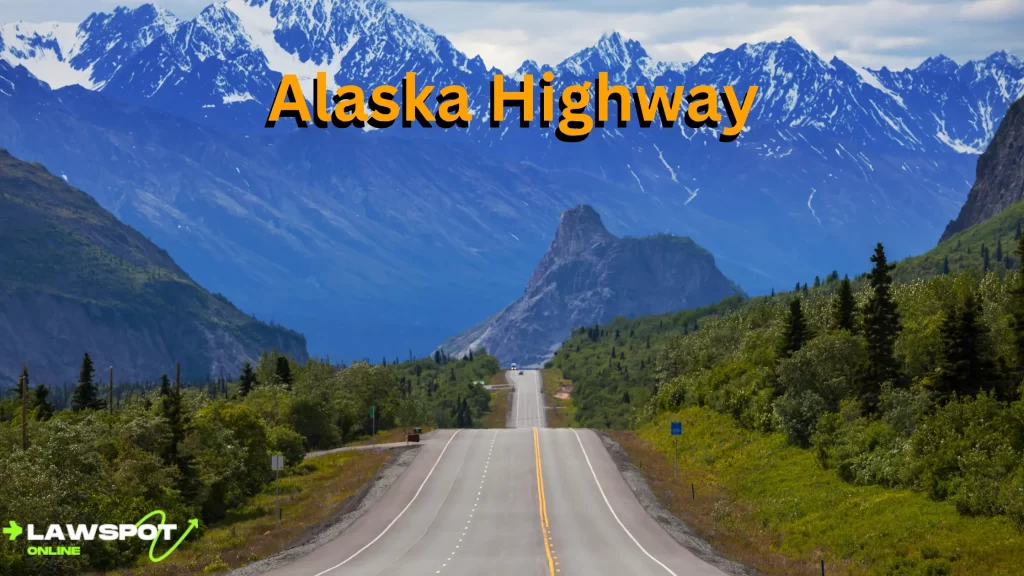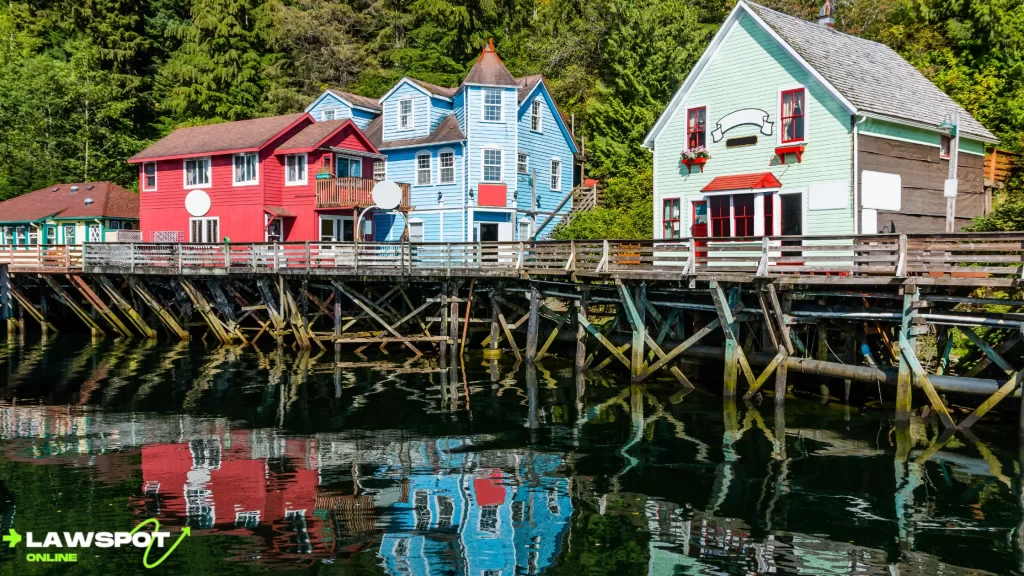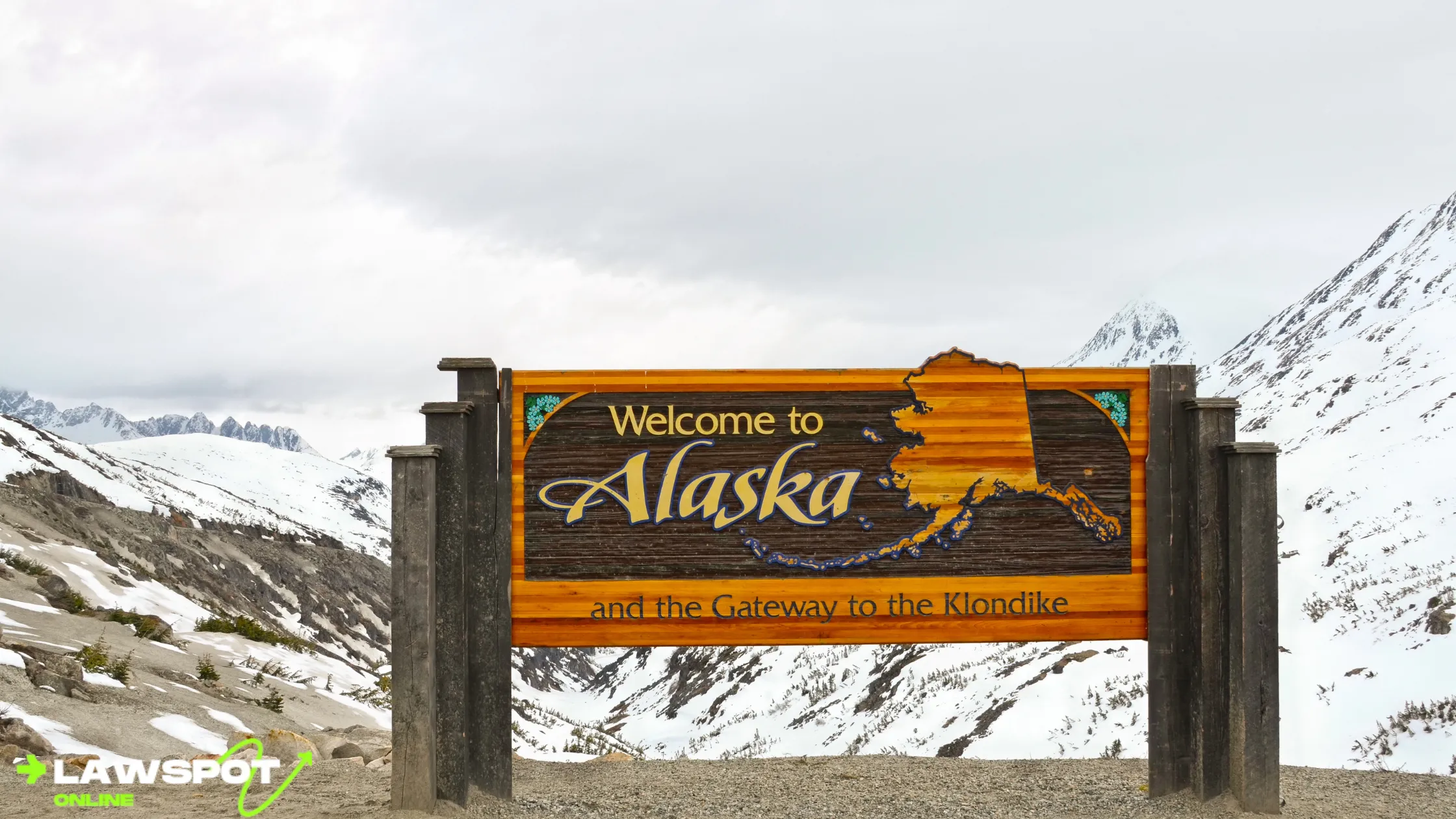Table of Contents
Can you drive to Alaska? The answer is a resounding yes, but this isn’t just any road trip. Imagine a journey filled with breathtaking scenery, rugged wilderness, and unique challenges that make the drive unlike anything you’ve experienced. If you’re ready for an unforgettable adventure, there are a few things you need to know before hitting the road. Buckle up as we uncover five insights about driving to Alaska that will transform your perception of this epic journey.
The Alaska Highway: The Road Less Traveled

When you ask if can you drive to Alaska, the Alaska Highway is your answer. Originally built during World War II, this 1,390-mile highway stretches from Dawson Creek in British Columbia to Delta Junction in Alaska. It’s not just a road; it’s a historical monument, a path carved through some of North America’s most remote and untouched lands.
What to Expect on the Alaska Highway
This isn’t your average highway. You’ll drive through towering forests, alongside glistening rivers, and past mountain ranges that seem to scrape the sky. Wildlife is abundant here—be prepared to spot bears, moose, and bison right from your car window. The road conditions have improved over the years, but some sections remain narrow and winding, so always drive carefully.
Fun Fact: The Alaska Highway was once known as the “Alcan Highway,” short for Alaska-Canada Highway. It’s an engineering marvel, considering the difficult terrain it traverses.
Best Time to Drive the Alaska Highway
Timing is everything when planning your road trip. Summer (from late May to early September) is the best time to drive, as the weather is mild and the roads are clear. During winter, the road can be treacherous with snow and ice, making it challenging even for experienced drivers.
Also Read: How Fast Does a Helicopter Go? The Shocking Speed Revealed!
Crossing the Canadian Border: Don’t Forget Your Passport!

You’ll have to pass through Canada to get there, which means dealing with customs and border patrol. Many people overlook that Alaska is separated from the continental United States by Canada, and this border crossing can be one of the trickier parts of your journey if you’re not prepared.
What Documents Do You Need?
You’ll need a valid passport for every person in your vehicle when crossing the Canadian border. It’s also a good idea to carry proof of vehicle insurance and registration. If you’re driving a rental car, have the rental agreement handy and check with the rental company to ensure you can take the vehicle into Canada and Alaska.
Rules and Regulations
Canada has strict laws regarding what can and cannot be brought across the border. Firearms, certain foods, and plants are often restricted, so review the rules before packing.
Pro Tip: Plan for extra time at the border, especially during peak travel seasons. The wait can sometimes take longer than expected, but preparation will help things go smoothly.
Fuel Stops Are Few and Far Between—Plan Wisely!
One of the most surprising things about driving to Alaska is the scarcity of gas stations along the way. Once you pass the major cities in Canada, you’ll find fewer opportunities to refuel. If you’re wondering, can you drive to Alaska without worrying about running out of gas? The answer is yes—but only if you plan.
Where to Fuel Up
On the Alaska Highway, fuel stops are often separated by 100 miles or more, especially in the more remote sections. Towns with gas stations are usually well-marked, but keeping a close eye on your fuel gauge is essential. Keep it high, especially if you’re unsure when the next station will appear.
Fuel Prices
Fuel can be more expensive in these remote areas due to transportation costs. Prices can fluctuate, especially in tourist-heavy areas during the peak season. It’s a good idea to carry extra fuel in a certified gas can in case you find yourself in a pinch.
Tip: Carry cash as well as cards. Some of the more isolated gas stations may not accept credit or debit cards, and you’ll want to avoid being stranded due to payment issues.
Wildlife Encounters: More Than Just a Scenic Drive
One of the most thrilling parts of driving to Alaska is seeing wildlife up close. This is no zoo experience—here, you’ll be sharing the road with some of North America’s most iconic animals. But while it’s exciting, it’s also crucial to be cautious. Can you drive to Alaska and enjoy wildlife safely? Absolutely, but here’s what you need to know.
Animals You Might Encounter
The Alaskan wilderness is teeming with life, from the majestic grizzly bear to moose, caribou, and even the elusive wolf. On the road, you’ll frequently see wildlife crossing signs, especially in areas where animal sightings are common.
Safety Tips for Driving Near Wildlife
When you see wildlife, resist the temptation to stop in the middle of the road. Instead, find a safe place to pull over to take pictures or observe. Avoid getting too close to animals and never give them food. Bears, in particular, can become aggressive if they feel threatened.
Did You Know? Moose are responsible for more vehicle collisions in Alaska than any other animal. These animals are large and unpredictable, so always stay alert, especially when they are most active at dusk and dawn.
Best Times To Visit Alaska
| Season | Best Time to Visit | Highlights |
|---|---|---|
| Summer (June – August) | June to August | Best time for warm weather, long daylight hours, and outdoor activities like hiking, wildlife viewing, and fishing. |
| Fall (September – October) | September to October | Ideal for witnessing vibrant fall foliage, fewer crowds, and cooler but pleasant weather. Great for photography. |
| Winter (November – March) | November to March | Perfect for seeing the Northern Lights, dog sledding, skiing, and experiencing the snowy landscapes. |
| Spring (April – May) | April to May | Great for witnessing Alaska’s thaw, blooming wildflowers, and mild weather. Best time for budget-friendly travel. |
Alaska Has Four Distinct Seasons

Alaska experiences four unique seasons, each with its characteristics:
- Winter (November to March): Known for its extreme cold and snowy landscapes, winter in Alaska can be harsh, with shorter daylight hours. Driving during this season can be challenging due to icy roads and snowstorms. However, it’s also the perfect time to witness the magical Northern Lights.
- Spring (April to May): As the snow melts, Alaska comes to life with blooming wildflowers and thawing rivers. Days grow longer, and while temperatures are still cool, the landscape transforms, offering stunning views of nature’s rebirth.
- Summer (June to August): Summer is the most popular time to visit, thanks to the long daylight hours (sometimes up to 20 hours of sunlight) and milder temperatures. This season is ideal for road trips, with clear skies and easy driving conditions along the Alaska Highway.
- Fall (September to October): Fall is a short but beautiful Alaska season marked by vibrant autumn foliage. Temperatures start to cool, and while the days are still pleasant, the nights become colder, signaling the approach of winter. The roads are often clear, but early snow occasionally appears in higher elevations.
Also Read: Genos Explains Time Travel: Astonishing Secrets Revealed
Prepare for Unpredictable Weather—No Matter the Season

Alaska’s weather is notorious for being unpredictable. Even in the middle of summer, you might encounter heavy rain, wind, or even snow in higher elevations. The question isn’t, can you drive to Alaska? But rather, how well can you prepare for the weather?
What to Pack for Your Trip
Whether you can drive to Alaska in summer or winter, always pack for various weather conditions. This means bringing light clothing for warmer days and packing layers and rain gear for sudden storms or cooler temperatures in summer. In winter, can you drive to Alaska and be prepared for snow? Absolutely! If stuck in a storm, pack snow gear, blankets, and emergency supplies.
Driving Tips for Weather Conditions
If you’re driving in poor weather, slow down and keep a greater distance between your vehicle and others on the road. If conditions become too hazardous, don’t be afraid to stop and wait it out.
Pro Tip: Before starting your trip, always check the weather forecast for the areas you’ll be driving through. Some mountain passes can become impassable during heavy snowfall, even in spring or fall.
Also Read: Can You Drive to Alaska? 5 Mind-Blowing Things to Know
You Can Easily Visit More Than Once

Driving to Alaska is such a remarkable experience that you’ll likely want to do it more than once. Can you drive to Alaska multiple times and still find it exciting? Absolutely! Each time you visit, you can take a different route, enjoy new scenery, and experience varying seasons. From the breathtaking summer landscapes to the snow-covered winter wonderland, can you drive to Alaska and see something new every time?
Yes! Each season offers something unique. Plus, with so much to explore—from national parks to wildlife sightings—there’s always a new adventure waiting. Whether you visit in the warm summer or cool fall, can you drive to Alaska repeatedly without losing the magic? Definitely—Alaska’s beauty and allure never fade.

